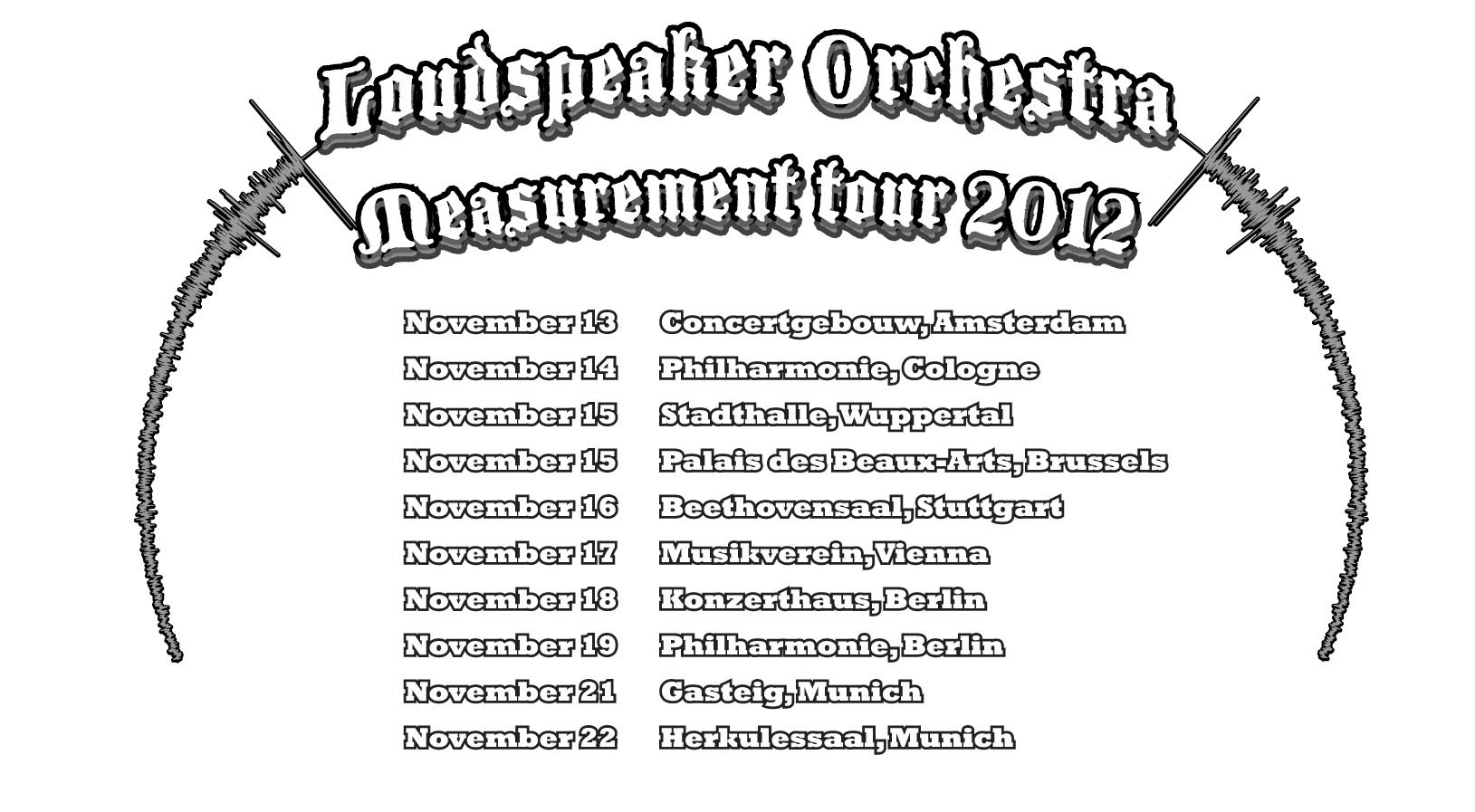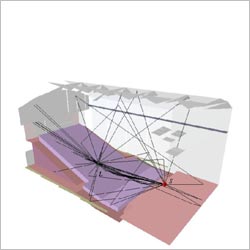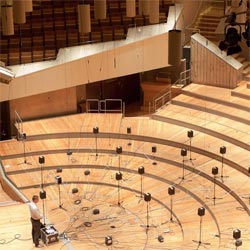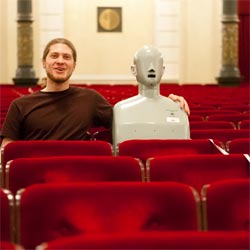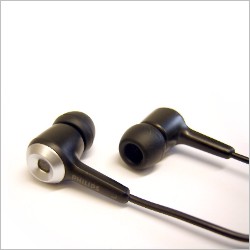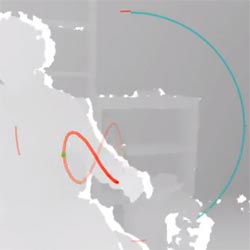- Details
- Published: 07 March 2013
We submitted two papers to ICASSP and both of them were accepted. The first one discusses the differences between different FDTD implementations [1]. The main emphasis is on comparison between one-variable and two-variable schemes to solve the wave equation. The second paper shows an analytic formula that is needed in hybrid acoustic models that join simulation results provided by FDTD and acoustic radiance transfer simulations [2].
References
[1] J Botts and L Savioja. Integrating Finite Difference Schemes for Scalar and Vector Wave Equations. In IEEE Int. Conf. Acoust., Speech, Signal Processing. 2013. BibTeX / Info
@inproceedings{Botts_ICASSP_2013,
address = "Vancouver, BC, Canada",
author = "Botts, J. and Savioja, L.",
booktitle = "IEEE Int. Conf. Acoust., Speech, Signal Processing",
title = "Integrating Finite Difference Schemes for Scalar and Vector Wave Equations",
year = 2013,
abstract = "Room acoustic simulation is the process of generating approximate solutions to either the linearized Euler equations or the scalar wave equation. As for the continuous equations, the discrete approximations of both are equivalent. The vector formulation is less efficient, but it can inform several unexploited features of the scalar formulation. This paper first demonstrates the equivalence of the two schemes and explores how the vector formulation may be integrated into the more efficient scalar formulation to produce local velocity estimates and velocity sources on the pressure grid."
}
[2] S Siltanen, A Southern and L Savioja. Finite-Difference Time Domain Method Source Calibration for Hybrid Acoustics Modeling. In IEEE Int. Conf. Acoust., Speech, Signal Processing. 2013. BibTeX / Info
@inproceedings{Siltanen_ICASSP_2013,
address = "Vancouver, BC, Canada",
author = "Siltanen, S. and Southern, A. and Savioja, L.",
booktitle = "IEEE Int. Conf. Acoust., Speech, Signal Processing",
title = "Finite-Difference Time Domain Method Source Calibration for Hybrid Acoustics Modeling",
year = 2013,
abstract = "Finite-difference time domain methods are commonly used for acoustics modeling of enclosed geometries. For large spaces and high frequencies, the computational requirements become prohibitive in practical use. Thus, geometric acoustics algorithms are used in those cases. The results of these two classes of algorithm can be combined to model the full acoustic response. To allow direct mixing of the results, the source strengths should be calibrated. This paper derives calibration factors for various finite-difference time domain methods. It is shown that the modelled acoustics responses can then be easily combined to synthesise wide-band hybrid responses."
}
- Details
- Published: 12 February 2013
Last Friday, February 8th 2013, Raine Kajastila defended successfully his dissertation on eyes-free user interfaces. Opponent prof. Stephen Brewster asked questions almost two hours in the public defense that was followed by 45 people. Raine did tackle all the questions and managed to convince prof. Brewster that he has wide understanding on multimodal user interfaces, in particular on gestural input and 3D sound output.
Raine has invented and developed methods to control mobile devices in situations where looking at the device is not possible or dangerous. Such occasions are when driving a car, walking on the street, or biking. Moreover the eyes-free user interfaces work for visually impaired people and enable to construct devices that has no visual display. Read more:
Raine Kajastila: Interaction with eyes-free and gestural interfaces.
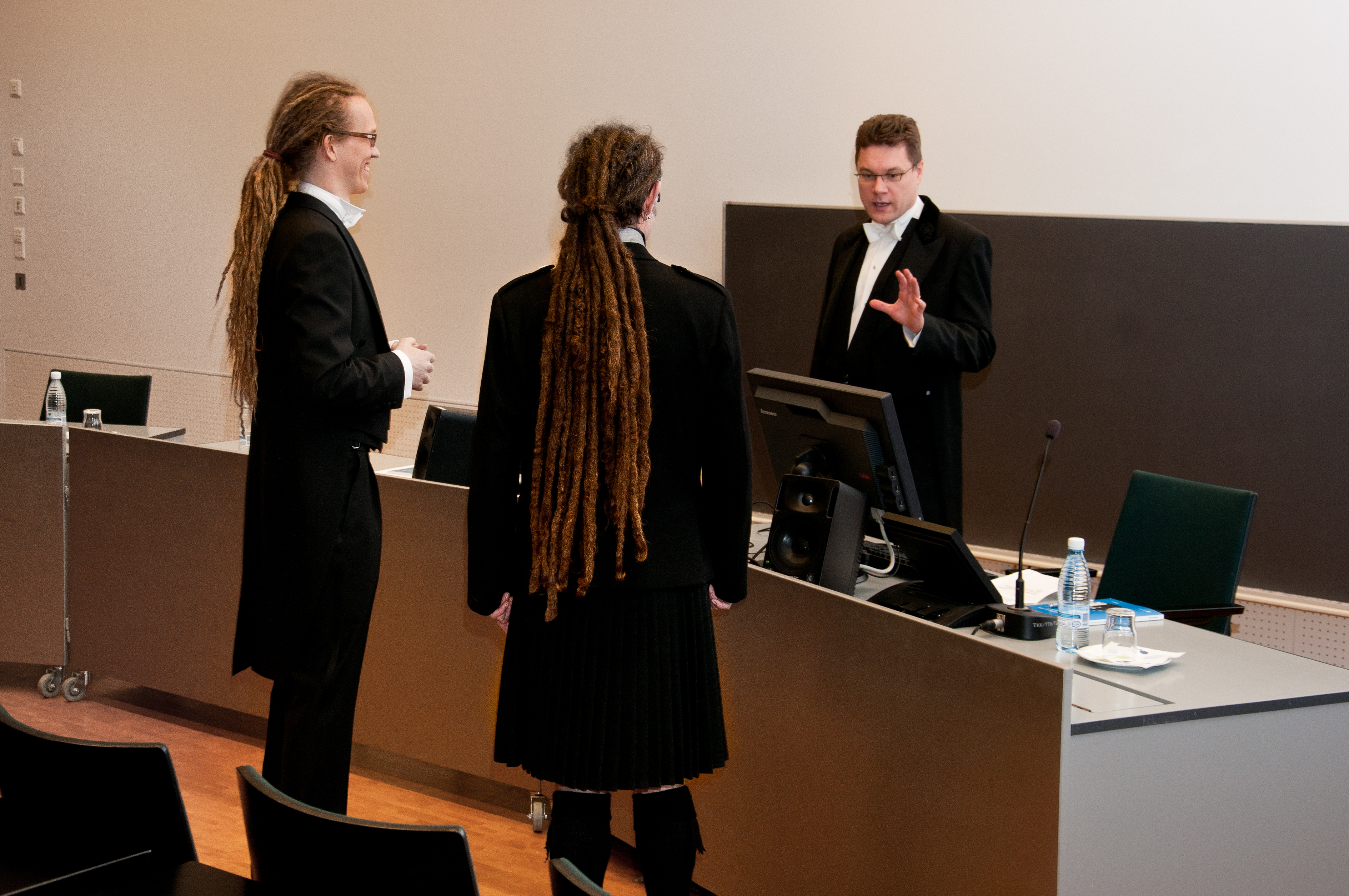
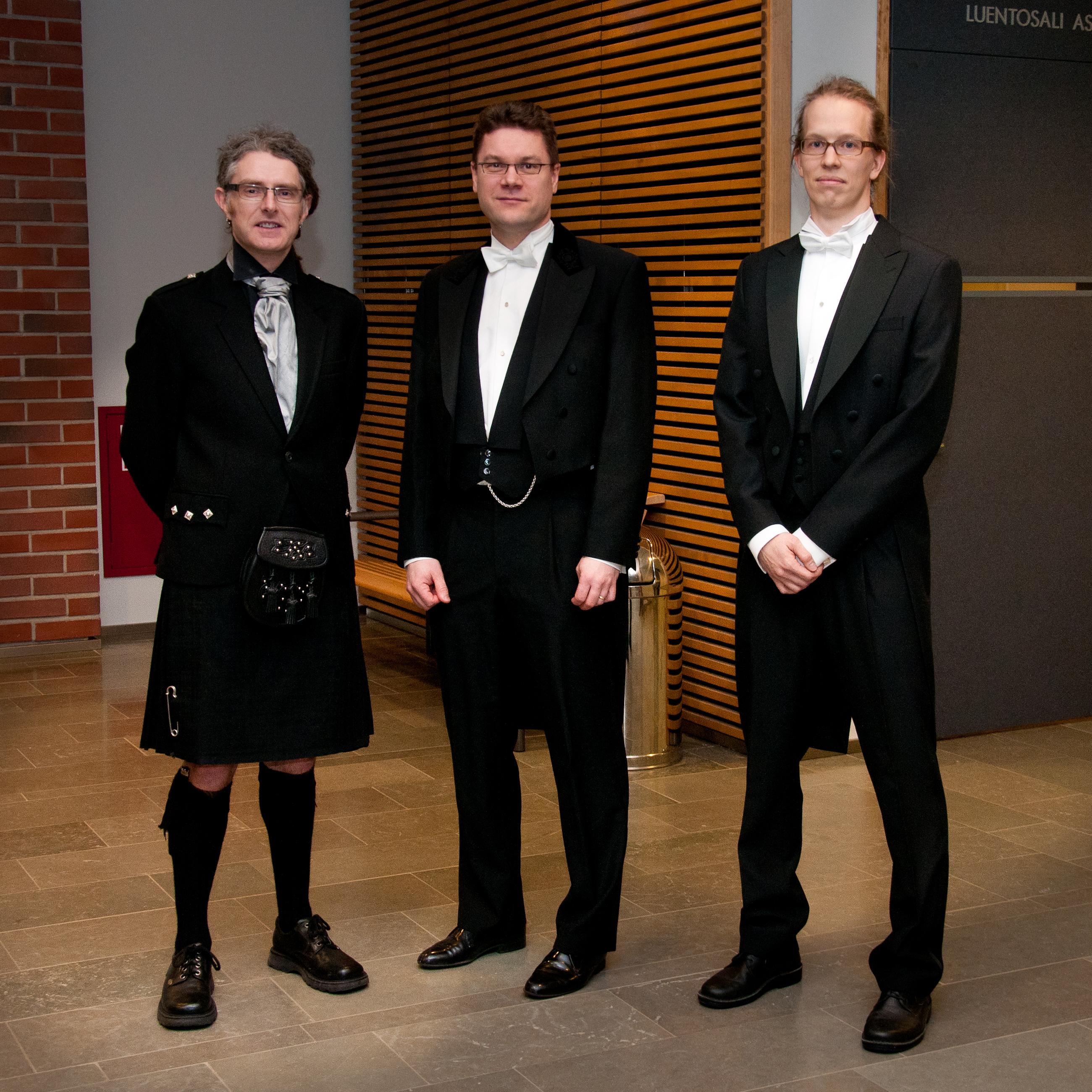
Before and after the public defence. Prof. Stephen Brewster, Dr. Raine Kajastila, and prof. Tapio Lokki.
- Details
- Published: 20 December 2012
Six researchers from the virtual acoustics team did a measurement tour in central Europe in November 13-22 2012. During nine days we traveled more than 3000km by bus and installed the loudspeaker orchestra on the stages of ten concert halls. One measurement took from 6 to 8 hours, so there was no problems of spending extra free time during the tour.
The tour started already one week before measurements in the lab by installing the loudspeaker orchestra to one lecture room to double check all equipment. In total, 537kg of loudspeakers, cables, stands, etc. were packed to flight cases and sent to Amsterdam. One week later, on Nov. 13, our crew flew to Amsterdam and started working in Concertgebouw. It was an easy start for the measurements as they were done in the evening. After good sleep in the hotel the real work started when our tour nightliner picked us up for the road. Next days were work at nights and sleep during days on the road to Cologne - Wuppertal - Bruxelles - Stuttgart - Vienna - Berlin - Munich.
When doing measurements all kind of problems occurs. When it was some humming in the wires or and induction loop that induced some error to our wires. The best one was in Munich where we traced a possible synchronization problem that caused strange pulses or discontinuities to signals every 1.2 seconds. Finally, after one hour of booting and resetting our system we learned that it was an ultra sound chirp from outside the windows of the hall. The chirps were there to drive away the pigeons that use to collect on the small balcony outside the hall. Somehow chirps were demodulated and our sensitive microphones captured the sound.
All in all, the tour was a real success and now we have 35 GB of recorded sweeps on the hard disk.
